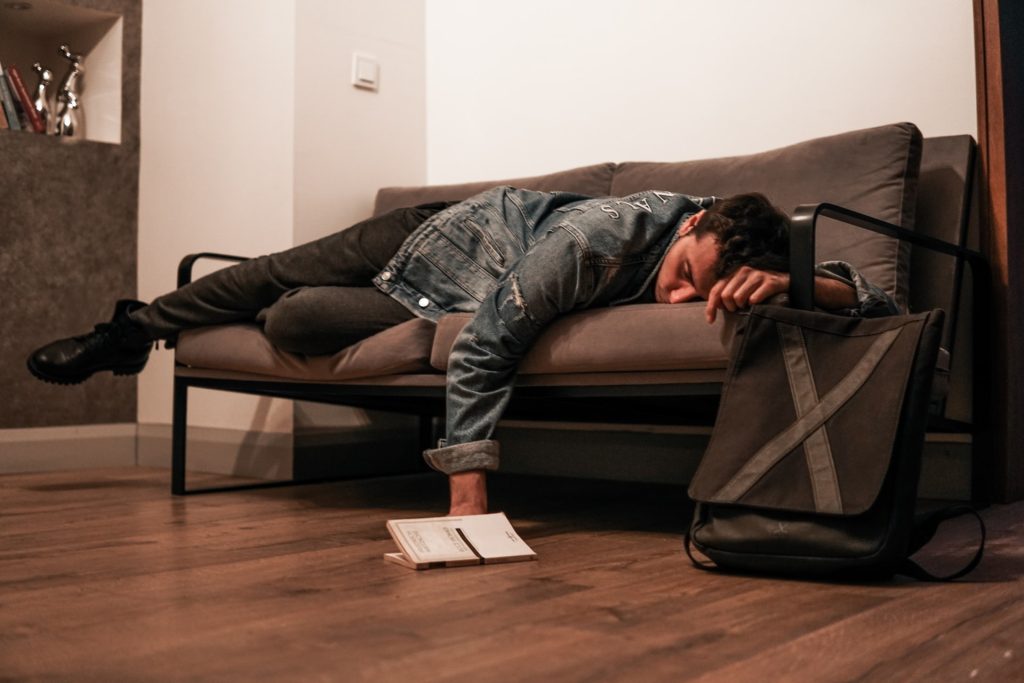Exercise Reduces Sleep Apnoea and Improves Brain Function

In a small study, researchers found that exercise could help reduce sleep apnoea symptoms and improve brain function.
Sleep apnoea is characterised by loud snoring and disrupted breathing and is a risk factor for cardiovascular disease and cognitive decline. It is typically treated with continuous positive airway pressure, or CPAP, which is uncomfortable for patients and often not adhered to.
“Exercise training appears to be an attractive and adjunctive (add-on) non-pharmacological treatment,” said lead investigator Linda Massako Ueno-Pardi, an associate professor at the School of Arts, Science and Humanities at the University of São Paulo in Brazil. She also is a research collaborator at the university’s Heart Institute and Institute of Psychiatry, Faculty of Medicine.
Sleep apnoea is more common in men than women and becomes more prevalent as people age. According to a scientific statement by the American Heart Association, between 40% and 80% of people with cardiovascular disease have sleep apnoea. Cigarette smoking and type 2 diabetes are among the risk factors for sleep apnoea, as well as obesity, which narrows the airway when sleeping.
People with sleep apnoea have been shown to experience a decrease in brain glucose metabolism, which can impair cognitive function. The researchers sought to find out whether exercise could help correct that, building on a small 2019 study where aerobic activity improved brain glucose metabolism and executive functioning in Alzheimer’s patients.
The new study recruited 47 adults with moderate to severe obstructive sleep apnoea. Half did 60 minutes of supervised exercise three times a week for six months, and the other half were a control group.
Participants in both groups were given a series of tests to measure exercise capacity, brain glucose metabolism and cognitive function, including attention and executive function. Obstructive sleep apnoea symptom severity was measured, such as hypoxia.
At the end of six months, those in the exercise group showed an increased capacity for exercise; improvements in brain glucose metabolism; sleep apnoea symptom reduction; and a boost in cognitive function, including a 32% improvement in attention and executive function. The control group experienced no changes except a decline in brain glucose metabolism.
A “significant reduction” seen in the exercise group’s body fat may have improved sleep apnoea severity by decreasing body fat, especially around the airways.
Source: American Heart Association



